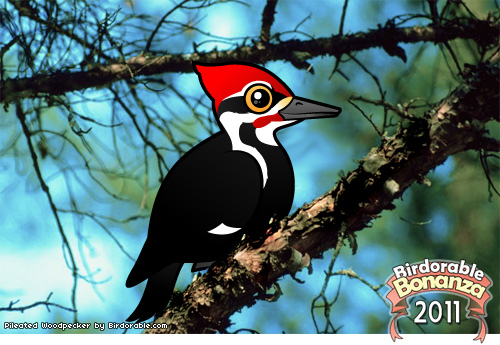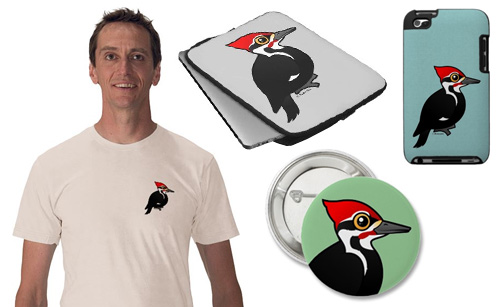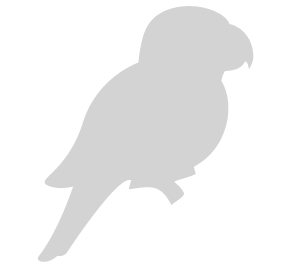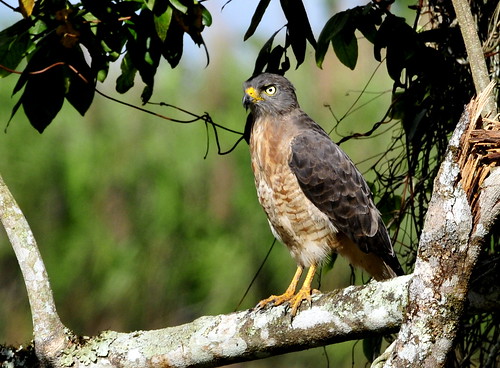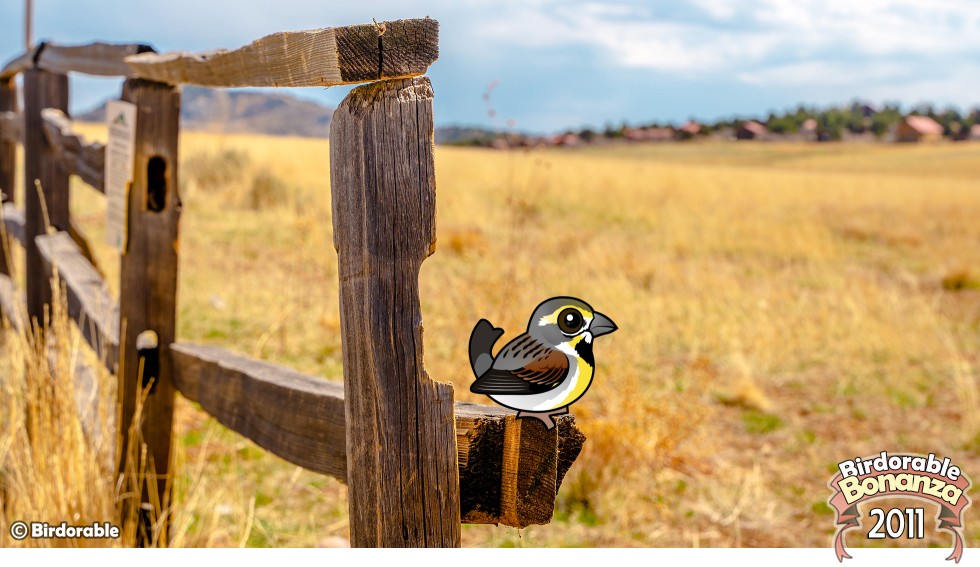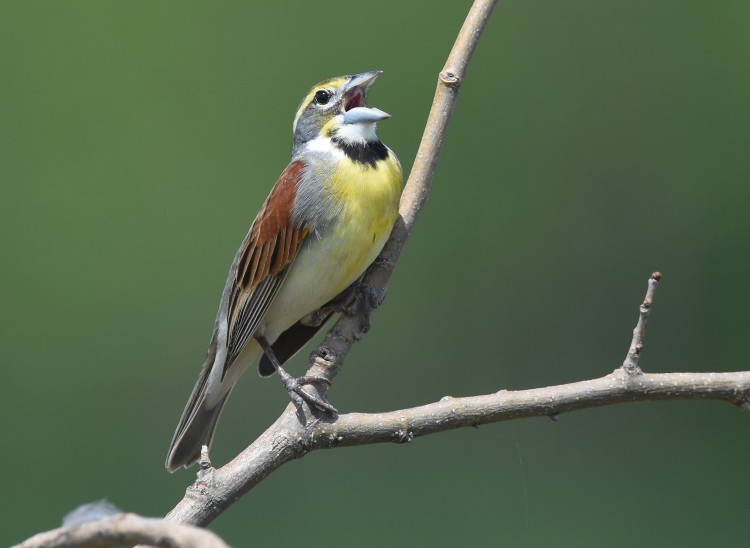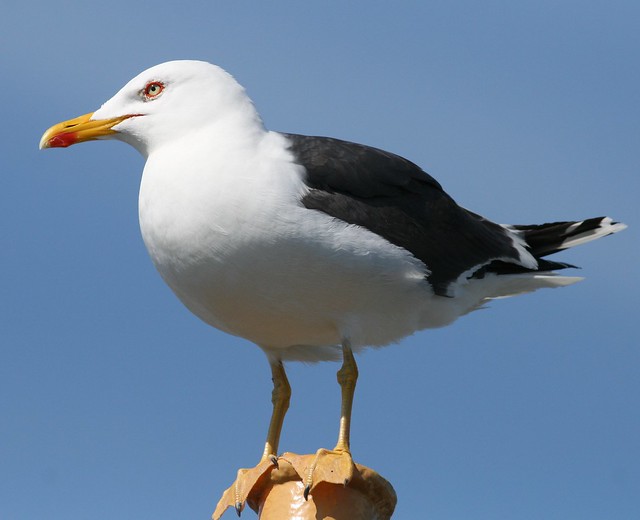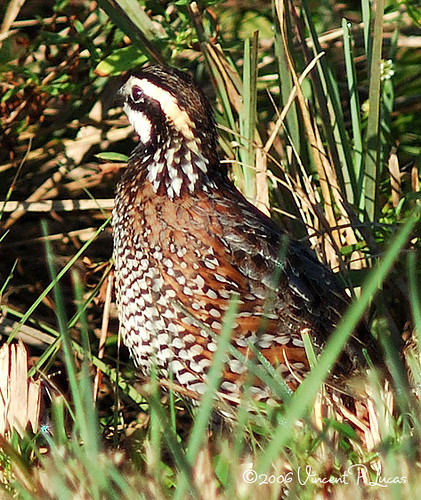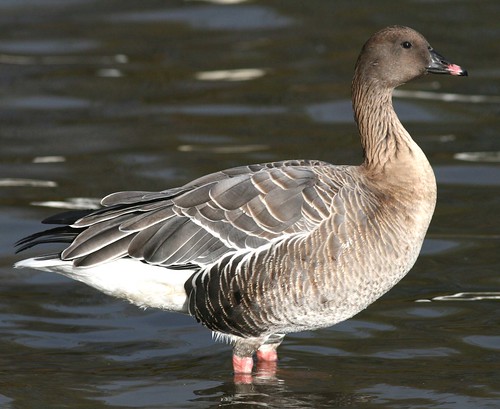
Today’s bird is the 19th and final species in this year's Birdorable Bonanza! It is also our 350th Birdorable bird - introducing the Birdorable Carolina Parakeet!
The Carolina Parakeet was a colorful species of parrot native to the southeastern United States that is now unfortunately extinct. The last captive bird died in 1918, with the last wild birds dying out around that time or earlier. The Carolina Parakeet was a beautiful bird, with a green-blue body and warmer reds, oranges and yellows around the face. They used their powerful beaks to feed on seeds and fruit pits.







